Hotels began in the U.S. during the earliest times of the country – the 1700s. In the 200+ years since then, technology has evolved significantly (gee, ya think???) and there are some things you just never (well, never say never. RARELY) see anymore. Like these…
1. Guest Register
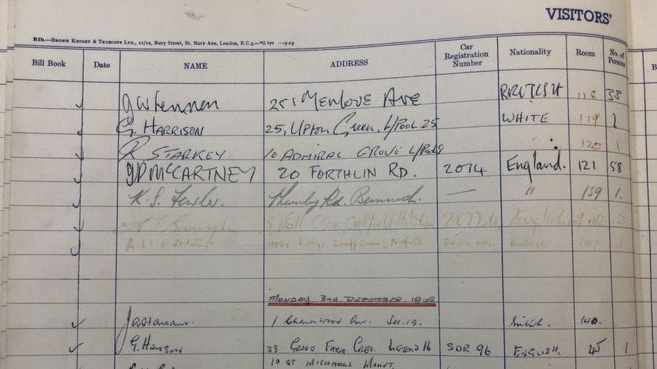
Way back when, people would sign in to a guest register so the hotel had a listing of their guests’ name, address, etc. Over the years, computers took over getting that information. That was a good thing because it kept their guests’ personal info more private (oh wait…maybe not so much), and allowed hotels to keep records of their guests’ past visits.
2. Postage Paid Room Keys
Before electronic room keys were available, hotel doors opened with regular keys just like other doors that locked. A key that was lost or taken home meant a lock that had to be changed out. But if the key came back, the lock could potentially be used again. Guaranteeing to pay the postage in order to get the key back was worth the expense.
Of course, electronic keys are generally used nowadays, even at mom & pop places. So it’s rare, although not impossible to see a place with postage-paid room keys, least of all in the U.S.
BTW, I checked and the Tamanca Motel, as seen in the photos above, is long gone (here’s what it looked like). It was a standalone hotel and eventually became a Best Western, and then the Economy Motor Lodge – Downtown, and “That ain’t dere no mo’.” After that, it apparently was razed and the space became a 3-story building currently used by University Medical Center New Orleans.
3. Key Cubbies
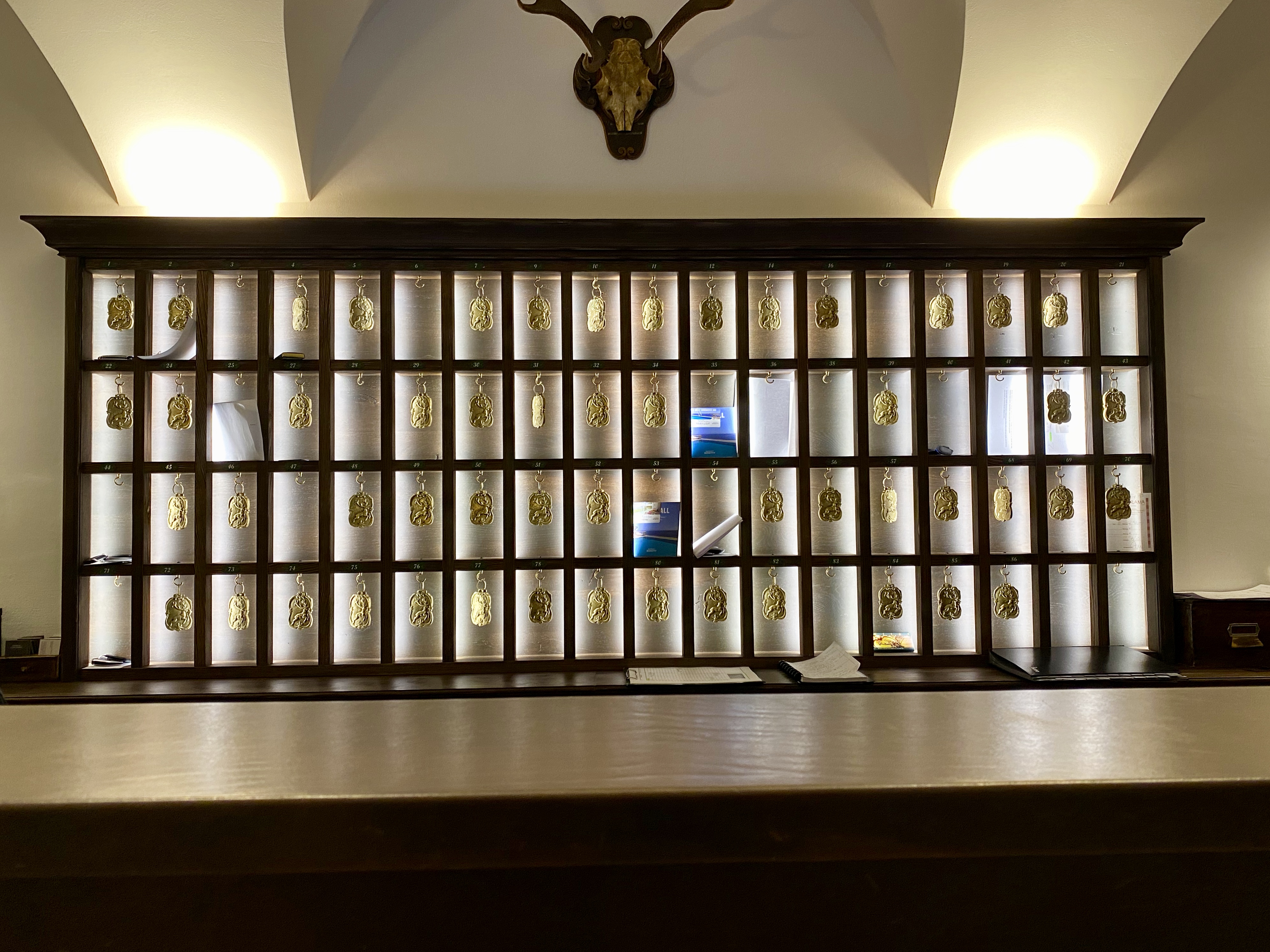
Some hotels required guests to leave their room key at the front desk when they leave the building, which would help decrease the incidence of lost keys. Cubbies were used for the keys, as well as any notes or even mail the guests may receive during their stay.
Again, there are some hotels that still use keys and key cubbies. The Goldener Hirsch in Salzburg Austria (we stayed there in 2016 when we visited a bunch of places where they filmed The Sound of Music and went back again in 2019) does – that’s their front desk in the pic above. And boy, their keys are HEAVY!!! However, the doors now have card readers and the keys are mostly for show.
4. Steam Heat
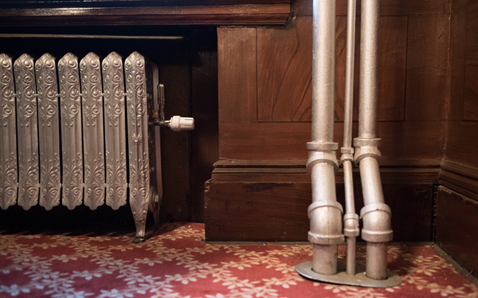
Steam heat started showing up in hotels in the mid-to-late 1800s and for years, hotels got their heat from boilers and radiators. Hoteliers eventually learned that modern systems in use for hot water and heat/air conditioning were quieter, safer and more efficient. BTW, here’s why hotels don’t run out of hot water.
As always, you can still find radiators in some older hotels that haven’t switched over, either because of upgrade costs or for the “charm” of the old-fashioned ways, but it’s still pretty rare.
5. Fancy Hotel Signs
In the 1950s and 60s, motels and hotels had big, colorful signs to let you know what they were (the style was called “Googie” architecture). Nowadays? With some exceptions (Las Vegas, Cabana Bay at Universal Orlando, and the sign for the Disneyland Hotel come to mind), today’s hotel signs are, well, if you ask me, kinda meh.
6. Checking In Under An Alias
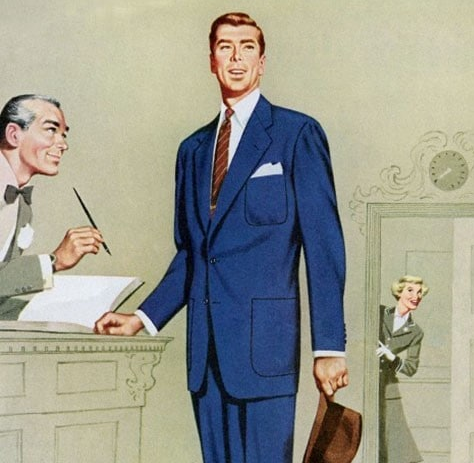
If an unmarried couple wanted to check into a hotel and not be caught doing whatever it was they were going to be doing, they’d often check-in as, “Mr. & Mrs.” Smith, Jones, John Doe, etc. It was easy to do back then since you could sign the register book however you wanted, pay cash for the room, and that was it. Nowadays, hotels almost always ask for ID (here’s why).
OK, maybe – MAYBE – there are still some, shall we say, “questionable” hotels that charge hourly rates and don’t ask for ID. Perhaps they take cash for payment, too. I looked for some (just for research for this post, I PROMISE!) and couldn’t find any. If someone knows for sure, let me know.
7. Paying For Your Whole Stay When You Leave
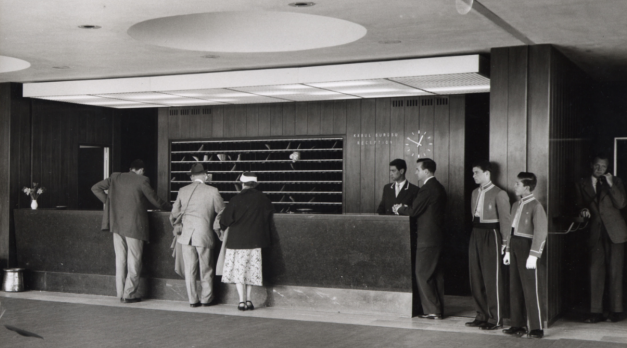
For a long time, hotel guests were able to check-in, sign the register, show no ID, and were trusted to pay when they left the hotel. Of course, nowadays that’s all changed – they know who you are and they have your card number so your first night is paid for via deposit (unless you got a pre-paid rate and then you’ve paid for the whole thing before you’ve even arrived) and the rest will get charged to your credit/debit card upon your leaving.
8. Skipping Out Without Paying
This one goes right up there with signing the register, checking in under an alias and being able to pay when you leave. Scammers would check in with little to no luggage. If they didn’t know your real name and had no way to bill you before you checked out, it was pretty simple to leave your bags in the room and exit the hotel without paying. Hotel employees were taught to be wary of people who fit the description of these so-called “skippers.”
9. Beds With “Magic Fingers”
What else can I say? 😉
10. The Same Extent Of Mutual Trust
Part human nature, part poor working practices, hoteliers and guests have trusted each other less and less as time has gone on. Guests have been known to steal hotel items, which has caused lamps, framed photos, and just about everything else in the room to have to be bolted down, and minibars to have sensors on them. Hotel staff members, who have always been able to get into guests’ rooms with their own work keys, also know how to break into electronic hotel safes (unfortunately, it’s really easy) and unscrupulous staff members have used that to their advantage. We’ve all heard of guests who wind up trashing their hotel rooms, and we’ve all heard of major hotel chains that have had information breaches. A friend of mine had to delay his honeymoon for a day because his passport had been in the backpack he left with bell services (I know, I know) and BELL SERVICES GAVE THE BAG TO SOMEBODY ELSE. So yeah, “trust” is something you don’t see as much of in hotels anymore, either. And that one, I think, is the worst of them all.
Want to comment on this post? Great! Read this first to help ensure it gets approved.
Want to sponsor a post, write something for Your Mileage May Vary or put ads on our site? Click here for more info.
Like this post? Please share it! We have plenty more just like it and would love it if you decided to hang around and sign up to get emailed notifications of when we post.
Whether you’ve read our articles before or this is the first time you’re stopping by, we’re really glad you’re here and hope you come back to visit again!
This post first appeared on Your Mileage May Vary




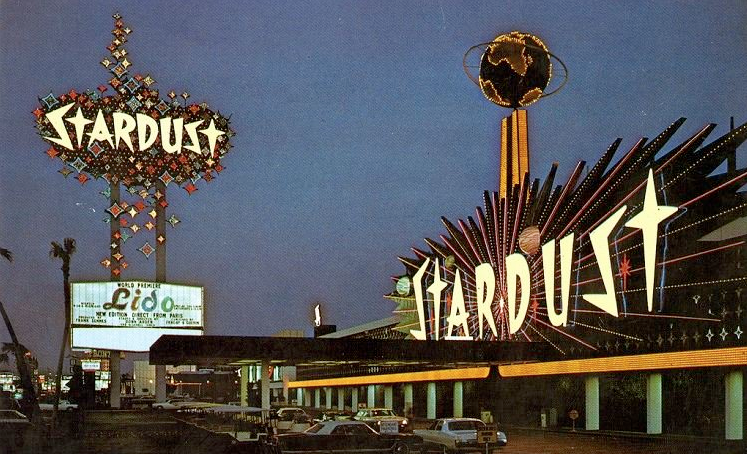
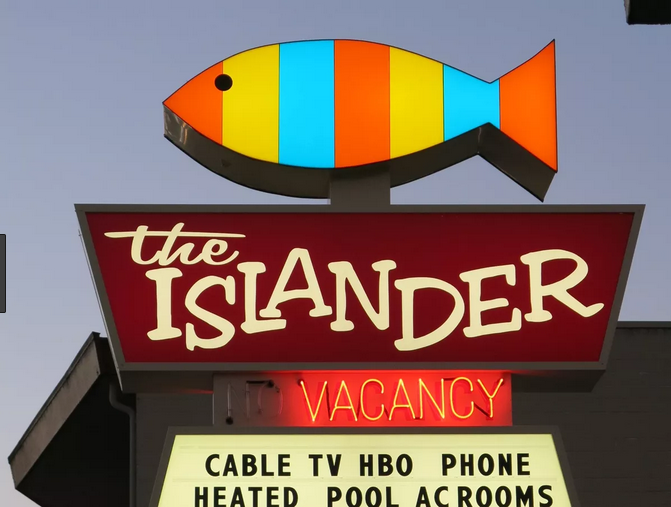

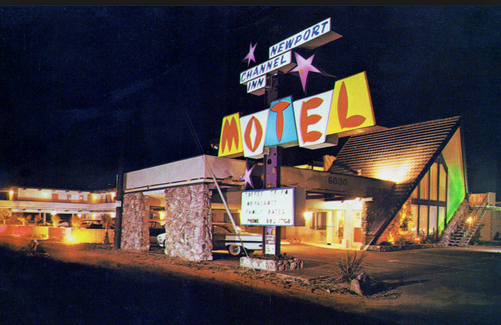
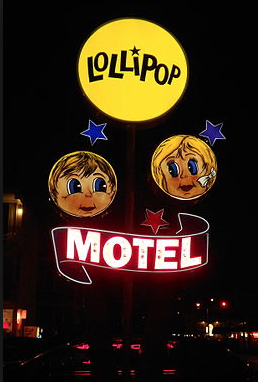

6 comments
The year after that photo of the Tamanca was taken the govt erected the current raised I-10 interstate over Claiborne Ave. effectively turning a tree lined avenue known as “Black Main Street” into a modern almost post apocalyptic “under the bridge” sort of place. Numerous businesses like that, many of them Black owned, suffered similar fates of juggling ownership, abandonment and blight. Of course the other proposed route was through and above the French Quarter which also would have decimated that historic area.
What a shame. Unfortunately, that happens way too often in this country. 🙁
Same thing in Vancouver. The Georgia Viaduct ended a predominantly Black Canadian community, Hogans Alley. Nora Hendrix, Jimi Hendrix’ grandmother was a prominent citizen.
RIP.
No Vacancy signs, with the word No switchable off or on, have disappeared.
Nope. There are a few of those vacancy signs still at motels in Gardnerville, NV.
Of course, everything we mentioned in the piece has its exceptions. But for the most part…